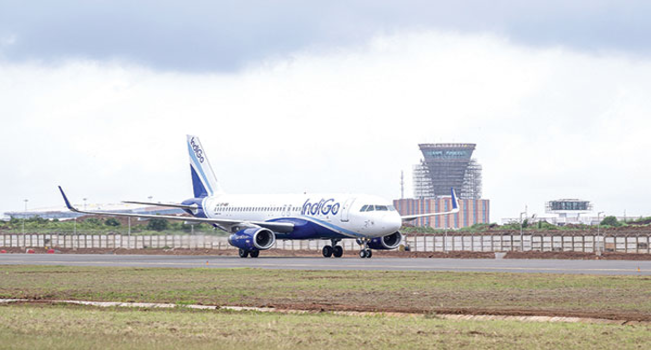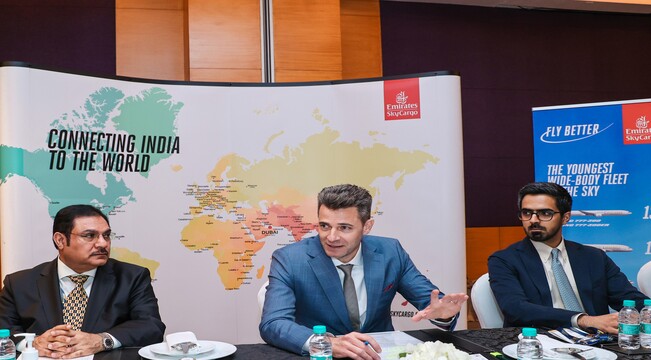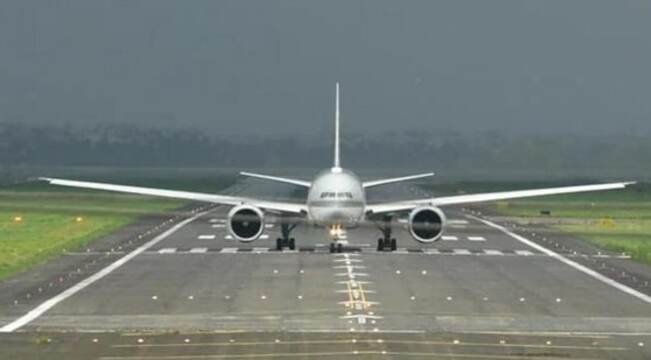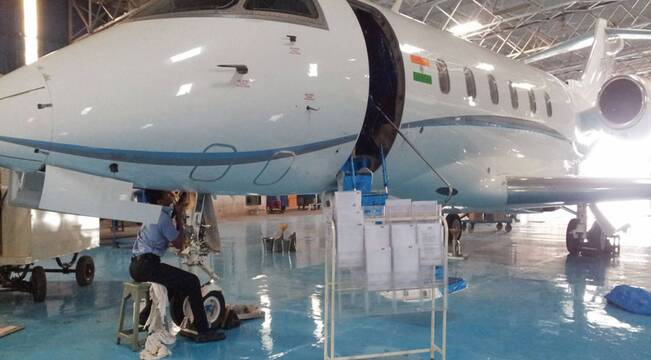By Mr. Prabhakar Kumar, AVP & HOD-Urban Planning, REPL (Rudrabhishek Enterprises Ltd.).
In the past, airports have put themselves in the outskirts of towns, thereby reducing the spatial disconnection of distant cities but missed the effective connect within city. As the economy grew, airports became strategic economic hub in new cities. Significant growth of aviation business in coming decades and position of India and its socio-political stability require to reconceive the Airport city as a new urban form in expanding, called Aerotropolis.
Today, the world travels for business, tourism, leisure, health, education, etc. There are significant rises in the number of flights taking off every day and are expected to increase to two times by 2030. With the increasing number of flights there is tremendous demand for airport construction and thus enormous potential for sustainable airports to be built. Therefore, the new age of urban development should be accomplished with proper attention to airports and the facilities or infrastructure supporting them.
The aerotropolis concept is the growth of the airport city in the world, taking new information technology into account and concentrating on eco-innovation and the green economy. The clusters of aerotropolis emerge as the transportation hub for business and economic activities and therefore provide for self-sustaining towns for the live, work and play. The growth of these airport cities would eventually reduce the need for their total operations to cover larger distances and greenhouse emissions.
The present pandemic situation due to COVID-19 has shown us the need and important of functional and effective Aerotropolis. Aerotropolish should be planned in such a way that the activities and movement generated through intercity connect gets almost fulfilled in aerotropolish itself with less movement need in intra-city. It will make aerotropolish sustainable and will be functional/less affected during the pandemic situation. During present pandemic situation, complete closer of airports for long duration is somewhat due to unavailability of functional aerotropolish.
Today, India has about 18 % of the world’s population, which tends to increase at large in the near future, ultimately increasing travel demand. The administrative capital Delhi, and financial capital Mumbai, have no more land to support the development of airport towns but the other regions of the country have a strong development impact. Incheon Air City, South Korea; Schiphol Airport, Amsterdam and Memphis International Airport, US have their successful stories to learn from.
Navi Mumbai International Airport beeing develope into an ultra modern airport with all the modern amenities and facilities of commercial and retail, business and offices as well as recreational services. Developing airport cities is not a new challenge but to plan and maintain the future development of aerotropoles in a manner that will provide all its users and the whole area to be handled with the best return.
An airport city is going to be a major attractions to kick start an economy that would further expand opportunities for new and existing employment, tourism and infrastructure. Developing Aerotopolis city has lot of challences to face. High scale design and development is highly risky, as the plan could go wrong at some point. Airport construction also has major challenges such as the growth of hahazards to keep pace with developments, noise pollution, height restriction and efficient connectivity. Nevertheless, today, the new technologies are focused on these issues that will help solve these problems in the coming future.
Corporate Comm India (CCI Newswire)


































